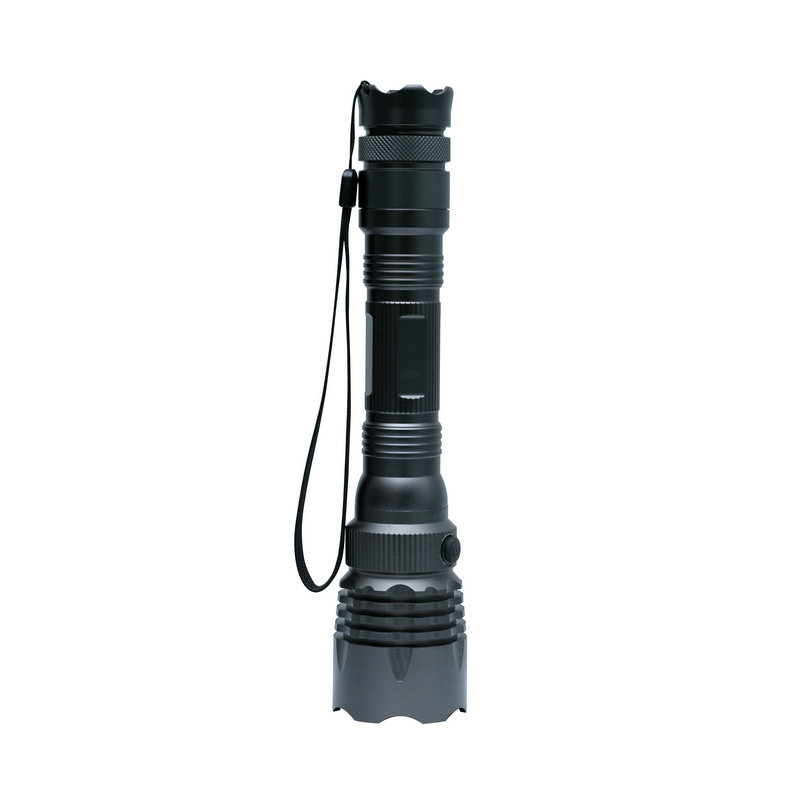The energy efficiency of explosion-proof lighting varies depending on the type of light source used and the specific fixture design. Here's an overview of the energy efficiency characteristics of common types of explosion-proof lighting:
LED (Light Emitting Diode) Lights:
Energy Efficiency: LED explosion-proof lights are highly energy-efficient. They convert a significant portion of electrical energy into visible light, minimizing energy wastage as heat.
Low Power Consumption: LEDs consume less electrical power compared to other light sources, reducing energy costs in the long run.
Instant Start: LEDs provide instant illumination without warm-up time, which contributes to energy savings when lights are frequently turned on and off.
Directional Lighting: LEDs can be designed to emit light directionally, reducing light spillage and ensuring that light is directed where it's needed, further improving efficiency.
Fluorescent Lights (Including T8 and T5 Fluorescent Tubes):
Energy Efficiency: Fluorescent explosion-proof lights are relatively energy-efficient compared to incandescent bulbs but less efficient than LEDs.
Reasonable Power Consumption: T8 and T5 fluorescent tubes consume less power than incandescent bulbs, resulting in energy savings.
Warm-Up Time: Some fluorescent lights may require a warm-up period, during which they consume slightly more power before reaching full brightness.
HID (High-Intensity Discharge) Lights (e.g., Metal Halide):
Energy Efficiency: HID explosion-proof lights are generally less energy-efficient compared to LEDs and fluorescent lights.
Higher Power Consumption: HID lights consume more electrical power, which can result in higher energy costs.
Warm-Up Time: HID lights typically require a warm-up period before reaching full brightness, during which they consume more power.
While LED explosion-proof lights stand out as the most energy-efficient option among the commonly used light sources, it's essential to consider other factors that may affect overall energy efficiency, such as:
Luminaire Design: The design of the lighting fixture can influence energy efficiency. Well-designed fixtures can optimize light distribution and minimize light spillage, reducing wasted light.
Control Systems: Incorporating lighting control systems, such as motion sensors or daylight sensors, can further enhance energy efficiency by ensuring that lights are only on when needed.
Maintenance: Regular maintenance, such as cleaning and replacing bulbs or LEDs when necessary, can help maintain energy efficiency over time.
Location and Application: The specific application and location of the explosion-proof lighting can impact energy efficiency. Properly selecting and positioning fixtures can optimize lighting performance while conserving energy.
Use Patterns: Consider the use patterns in the hazardous area. Understanding when and how often lights are needed can help implement energy-saving strategies.
When selecting explosion-proof lighting for energy efficiency, it's crucial to assess the energy consumption of the fixture, its expected lifespan, and any potential long-term cost savings. Additionally, consider the quality of illumination provided by the lighting source to ensure that it meets safety and visibility requirements in the hazardous area.



 English
English Español
Español

